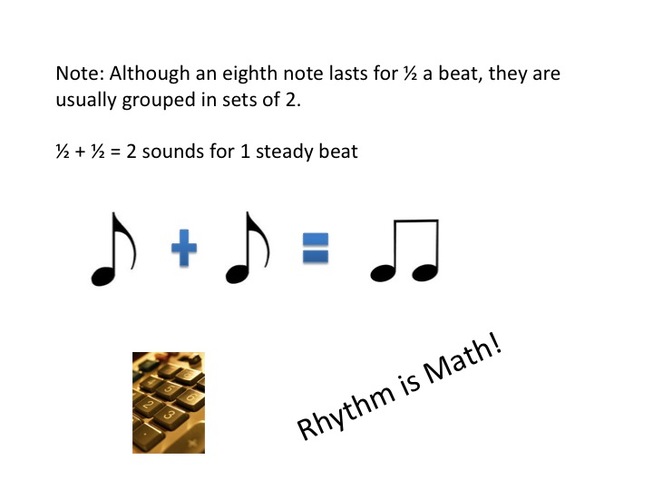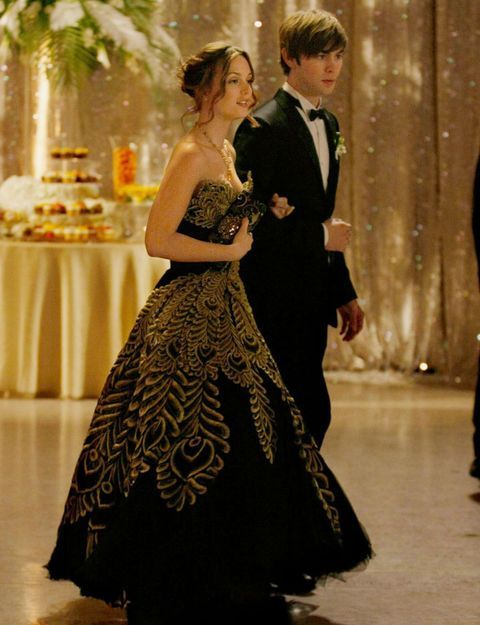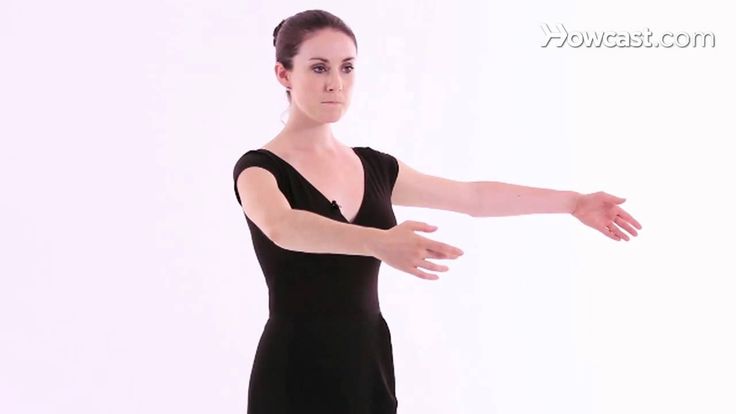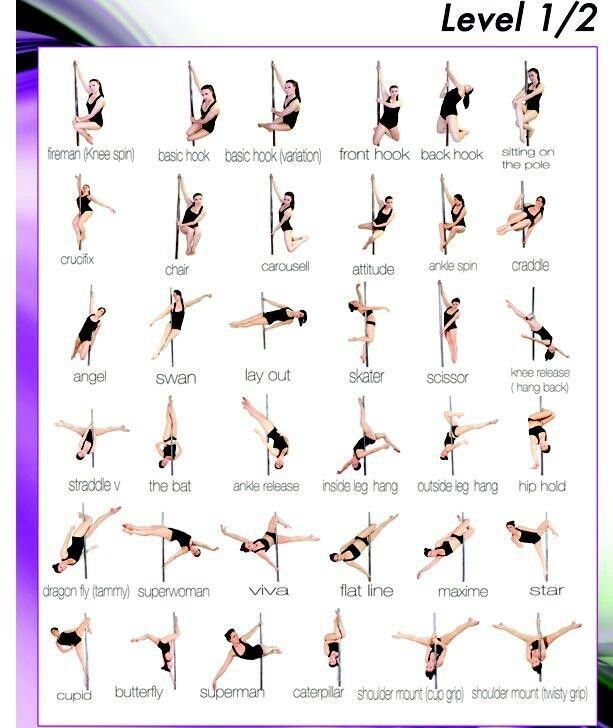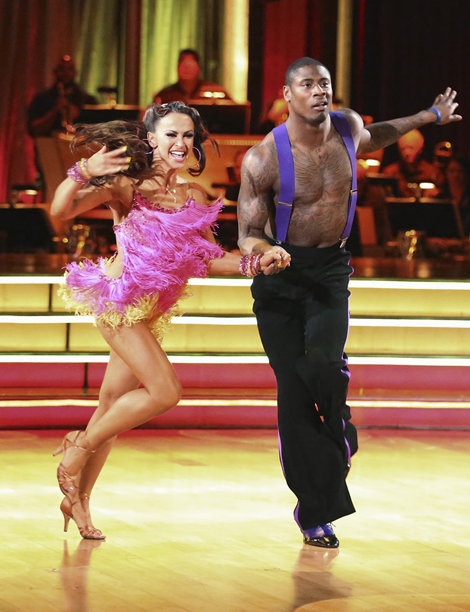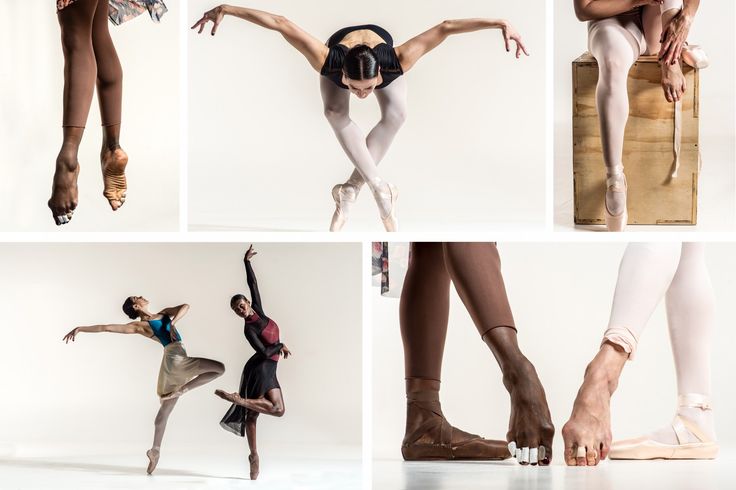How to count beats in music for dancing
Finding the 8 Count – Get Rhythm
QUICK PROMOTION: To help launch my new book on music, Hear the Beat, Feel the Music: Count, Clap and Tap Your Way to Remarkable Rhythm, the kindle is on sale for $2.99 (down from $4.99).
* Amazon ($12.95) * Kindle ($2.99 $4.99)
— Vince Lombardi, legendary Green Bay Packers coach
I’VE ALWAYS BEEN SUSPICIOUS OF THE COUNTING I HEARD IN DANCE CLASSES. I like numbers, and I’m a good counter, so it was odd. Dang it all, counting confused me! Fear not, I’ve expended endless calories, tortured and maimed untold brain cells and burned through thousands of dollars in dance lessons to make sense of this simple subject.
I believe part of the problem revolves around what is being counted. Although they’re related, counting music and counting step patterns are not the same. This chapter explores counting music; Chapter 6, “Counting Step Patterns,” looks at counting step patterns. For most people, especially men or anyone who believes he or she is rhythmically challenged, I believe learning to count, both the music and step patterns, is the gateway to intermediate-level dancing and above.
For me as a beginner, counting music was hard to pin down because—well, because nobody ever told me how to do it. Not only is it rarely taught in a class, except for one situation (when a teacher counts you in to start a dance, discussed at the end of this chapter), it’s rarely heard in class. And some teachers use musician lingo whenever they reference the musical count; that always threw me for a loop. Loops I didn’t need.
Counting music is counting the underlying beats of the music. Doing so reveals the structure of the music. It pertains only to the structure of the music—not the step pattern being danced—and virtually all dance music is counted the same. The one exception is waltz, which is covered on pages 74 and 124. When I refer to “virtually all dance music,” it means all dance music except the waltz.
The one exception is waltz, which is covered on pages 74 and 124. When I refer to “virtually all dance music,” it means all dance music except the waltz.
So, forget all the highfalutin-hieroglyphic-4/4-2/4-3/4-time-signature-mumbo-jumbo-music-theory you’ve been bulldozed with in the past. This is the only thing you need to know: virtually all dance music is counted in sets of 8 beats. It’s as simple as that. Sets of 8 exist because that’s how musicians compose the music; it’s how they give structure to the music. It’s the same way a sentence gives structure to the written word, as you’ll see in a moment. Sets of 8 are important to dancers for a number of reasons but most importantly because they identify and define the underlying beat of the music.
I remember the first time I ever heard the structure of music counted, with the help of John, a stranger at a bar. This was a big event for me. John caught my eye because the level of his dancing was high, higher than anything I’d ever observed in my local scene.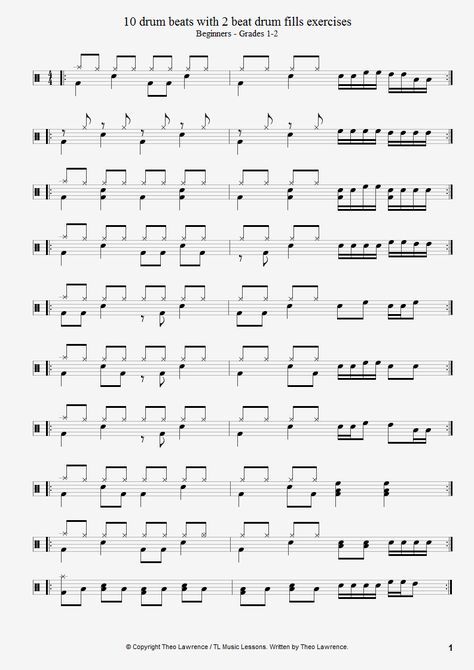 I was dying to know his secret; so I approached him and asked why his dancing was so distinctive. He said he was connected to the music—through the count—and he demonstrated. We proceeded to listen to the house band, music I had listened to for years.
I was dying to know his secret; so I approached him and asked why his dancing was so distinctive. He said he was connected to the music—through the count—and he demonstrated. We proceeded to listen to the house band, music I had listened to for years.
He counted the music in sets of 8 beats. He counted 8 beats of music—“one two three four five six seven eight”—and then started over. He emphasized each count 1 of the music, the first beat of each set of 8, by punching the air with his hand. (And, to a lesser degree, he also emphasized each count 5, the fifth beat of a set of 8, with a smaller punch.) With the help of his hand motions I could hear that all the count 1s were, indeed, naturally emphasized in the music. (Lingo Alert: Sometimes the word “count” is omitted and a count 1 is identified as “the 1 of the music” or just “the 1.”) Moreover, I could hear that the 1s were beginning points that signaled the beginning of something new in the melody.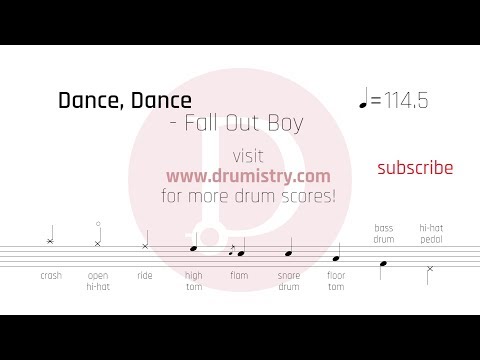 The concept of a beginning point was subtle; but if someone identified it for me, I could hear it.
The concept of a beginning point was subtle; but if someone identified it for me, I could hear it.
He kept track of the sets of 8 as they passed, and he identified the bigger structure of the music. He predicted and caught all the big accents and breaks in the music with his hand motions—music he claimed he was not familiar with. This went on for song after song and, with his guidance, I could hear that every song had the same basic structure of sets of 8. I thought that maybe it was a trick; perhaps he was the band’s manager or something. Nope. He was just a stranger, first time in town, first time at this joint.
Not only did every song have the same structure, he claimed most popular music had this structure of sets of 8. Nahhh . . . impossible . . . surely it worked only for these songs because, well, they’re all from the same band or something. I couldn’t believe it would work for all songs—could it? Is it possible that I had danced for years oblivious to the common structure in virtually all dance music? Was I that detached from the music that no matter how many songs passed me by I couldn’t hear the structure that now screams at me? It’s remarkable that in seven years of dance lessons, nobody had done this demonstration for me before.
While it took time before I could count sets of 8 on my own to a broad spectrum of music and test this earth-shattering hypothesis, he was right: All dance music, except waltz, shares a similar structure. Heck, most popular music, even the gnarliest rock or rap you’ve ever heard, probably shares the same repeatable, predictable sets of 8 as dance music.
Sets of 8, which identify the underlying beat and reflect the true structure of the music, are the foundation of counting music. For beginners, counting music is done off the dance floor when you’re not dancing, to help you connect to the music. Counting is simple: listen for any count 1 to start, then count 1, 2, 3, 4, 5, 6, 7, 8. Then start over. If you want to count how many sets of 8 go by, count the second set like this: 2, 2, 3, 4, 5, 6, 7, 8; count the third like this: 3, 2, 3, 4, 5, 6, 7, 8; count the fourth set like this: 4, 2, 3, 4, 5, 6, 7, 8, and so on. In this book, a set of 8 beats looks like this (note that they’re in pairs, which will make sense after you read the next two chapters):
Whether you can hear sets of 8 or not, sets of 8 are “in” the music. Once you develop your ear, which you will over time, a set of 8 will stand out, with integrity, in much the same way a sentence stands out from within a paragraph. Like the written word, music has themes and these themes are directly related to the musical count. In fact, if the song has vocals, sometimes a sentence or phrase of words aligns with a set of 8.
Once you develop your ear, which you will over time, a set of 8 will stand out, with integrity, in much the same way a sentence stands out from within a paragraph. Like the written word, music has themes and these themes are directly related to the musical count. In fact, if the song has vocals, sometimes a sentence or phrase of words aligns with a set of 8.
For me, hearing sets of 8 is a two-part approach. First, using a more left-brain-linear-analytical approach, I try to identify the count 1s, the first beat of a set of 8. A count 1 stands out because it typically has an emphasis or accent. It also stands out because it’s a beginning point for a piece of the melody or other thematic element; it sounds like a natural place to start something. It’s the same type of feeling you get at the start of a new sentence.
Second, using a more right-brain-holistic-intuitive approach, I listen to the overall melody of the music and try to hear the whole sentence (the whole set of 8).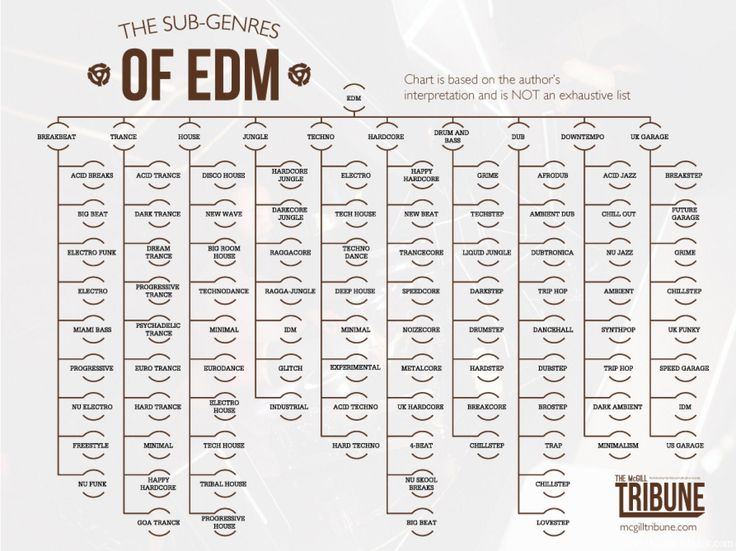 If I can hear, thematically, that I’m coming to the end of a sentence in the music, then I can feel when the next sentence will start. If I predict correctly, it gets confirmed by hearing the accent on the next count 1 and the feeling that, thematically, a new sentence has started. Today, this method, feeling the music, is the primary way I connect to the sets of 8, and much of it is done subconsciously, without thinking. Lingo Alert: I’m going to pull a fast one with language: Don’t tell any musicians but, for convenience, I tend to use the word melody generically to mean the themes I hear in any of the three components that combine to make a piece of music—melody, harmony or rhythm (drums).
If I can hear, thematically, that I’m coming to the end of a sentence in the music, then I can feel when the next sentence will start. If I predict correctly, it gets confirmed by hearing the accent on the next count 1 and the feeling that, thematically, a new sentence has started. Today, this method, feeling the music, is the primary way I connect to the sets of 8, and much of it is done subconsciously, without thinking. Lingo Alert: I’m going to pull a fast one with language: Don’t tell any musicians but, for convenience, I tend to use the word melody generically to mean the themes I hear in any of the three components that combine to make a piece of music—melody, harmony or rhythm (drums).
So what’s the catch? Hearing the count 1s and the sentence structure in the music is hard. If it were easy to hear I would have heard it on my own and you would be able to hear it on your own and we could all drop this book and go dance. Even after I realized that sets of 8 existed, it took many, many months of listening and practicing and getting confirmation from others before I could hear the structure and it became second nature. Until I could confidently count sets of 8, I was never 100 percent certain I was on the beat.
Until I could confidently count sets of 8, I was never 100 percent certain I was on the beat.
The Musician’s Measure
I wanted to label this discussion on the musician’s measure as an Advanced Info Alert as it may be too much information. I hate to burden the beginner with musical terms. But measure gets tossed around a lot among dancers, and understanding it will do a lot to help you hear the sets of 8.
A measure, a musical term, is a unit of time that counts virtually all dance music in groups of four beats. That’s how musicians deal with dance music, and there are dancers who follow this path of four. It’s a workable system for dancers . . . nahh, I take that back; just stick with sets of 8. They’re easier and more accurate. Even professional dance choreographers and aerobics instructors use sets of 8, also called a “dancer’s eight,” to choreograph their routines.
Actually, measures are naturally paired. So a set of 8 is just a combination of two four-beat measures, but sets of 8 work better for dancers because they’re more closely aligned to the natural structure.
Think of the pairing of measures this way: Break a pencil in half. It’s still the same pencil, and you can write with it. But it’s easier to work with the whole pencil. Musicians compose music half a pencil at a time, but their goal is to create a whole pencil. It’s easier for dancers to just look at the whole pencil. So, thematically, a four-beat measure, while it has some integrity on its own, sounds incomplete, like half a sentence.
The order matters in the pairing of measures. There’s the first half, the measure that begins the set of 8, counts 1 to 4; and there’s the last half, the measure that ends the set of 8, counts 5 to 8. To hear the correct order, listen to the melody, especially the feeling that the first measure begins something and that the last measure ends it. Also, listen for the relative difference in emphasis on the count 1 and the count 5. The point to note is that the count 1 has a stronger accent than the count 5, which will help you distinguish between the 1 and the 5.
(Recall from earlier, I said that John, the stranger who first helped me count music, also punched out the 5s with his hand, but to a lesser degree.) The order can be subtle—often very, very subtle—but it’s there, even if you can’t hear it. Like sets of 8, the natural pairing of measures is just in the count of the music.
Hearing accented beats, measures and sets of 8 is tricky. Depending on the music, there can be a lot going on or very little going on, which makes the process tough. But once you get it, it’ll become second nature.
Arcane Technical Info: Some dancers count tempo in measures per minute (MPM). Multiply MPM by four to get beats per minute (BPM). Most dance music falls in a range of, say, 80 to 160 BPM, which would be 20 to 40 MPM.
TIP: Sometimes vocals line up nicely with the sets of 8, sometimes not. Sometimes the accent on the count 1 is an accented vocal, sometimes not. The beat of the music is established by the percussion instruments, like drums. In general, don’t get distracted by lyrics.
In general, don’t get distracted by lyrics.
ANOTHER TIP: When practicing the beat, in addition to counting, it’s always good to get some body movement. While tapping your foot is okay, the most effective way to train your body to feel the beat is marching in place, doing a weight change on every beat of music.
Freebie Video: Check out my website (ihatetodancec.com and HearTheBeatFeelTheMusic.com) for some video clips, which will help you count sets of 8.
What’s so important about counting the musical structure? For me as a beginner, there were three elements. First, hearing the structure was a big step toward connecting to the music, which is what separates the poseur from the real dancer. Second, if I could hear the structure—if I could count sets of 8—I could confirm that I was on the beat.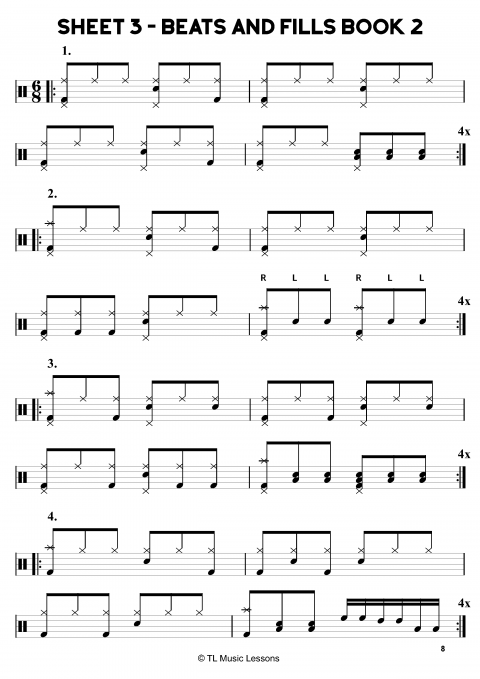 This was sweet: I no longer had to annoy friends and accost strangers with pleas to help me with the beat. Now, if I can’t count sets of 8, I know that I’m either off the beat or it’s a waltz or it’s not dance music.
This was sweet: I no longer had to annoy friends and accost strangers with pleas to help me with the beat. Now, if I can’t count sets of 8, I know that I’m either off the beat or it’s a waltz or it’s not dance music.
Finally, it answered one of the more troubling aspects of dance for me as a beginner: When, exactly, do I start a dance—when do I take the first step? Let me explain. The count 1 of any set of 8 is the best place to start a dance, because it feels like the beginning of something. While you can start a dance on any odd beat (counts 1, 3, 5 and 7), it will feel best if you start on a count 1. A count 5, the beginning of the second measure, is the next best choice. Generally, a follower expects you to start on a 1 or a 5. If you don’t, you may surprise her and it’ll be an awkward start.
Teachers always start a class dancing on a count 1 of the music.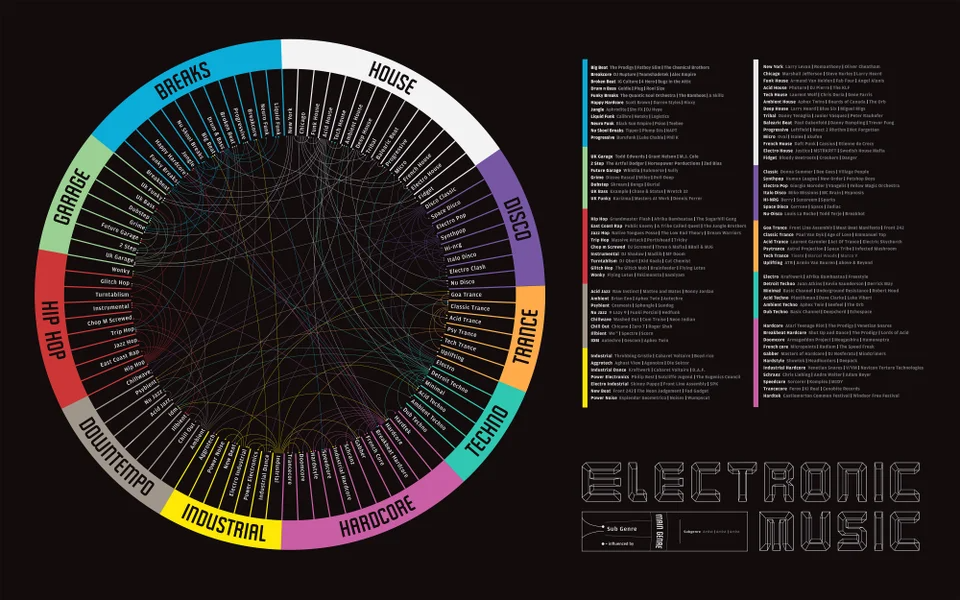 For now, pay attention as your teacher counts you in to start a dance. This is probably the only time you’ll hear music counted and you’ll usually hear just four to eight beats of it. Invariably, the teacher will start the music and then count something like “ . . . and a five six seven eight,” and you will take your first step on the next beat, the count 1 of the next set of 8. Any other counting a teacher does is probably counting step patterns, not the music.
For now, pay attention as your teacher counts you in to start a dance. This is probably the only time you’ll hear music counted and you’ll usually hear just four to eight beats of it. Invariably, the teacher will start the music and then count something like “ . . . and a five six seven eight,” and you will take your first step on the next beat, the count 1 of the next set of 8. Any other counting a teacher does is probably counting step patterns, not the music.
I still remember the feelings of being lost, standing motionless on the floor, like a statue, waiting uncomfortably, sometimes straining to hold back the sweat, trying to discern when to start. I danced for years feeling awkward about jumping into a dance because I didn’t know that virtually all dance music is structured in sets of 8 creating natural, predictable places to start. I found it interesting that teachers knew just where to start, but I figured that’s why they were the teachers—they had a gift—and I was the inept student.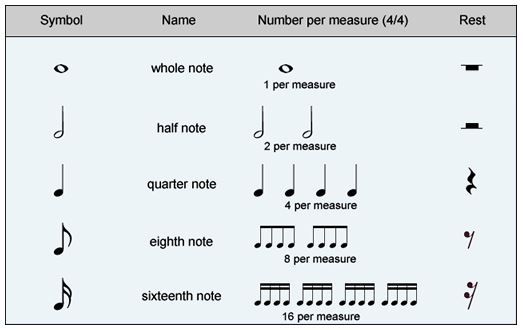 Sure, I guess I heard sentences in the music, but I didn’t know these sentences were so regular, consistent and predictable. I thought music was more random, always different. I now know this ignorance kept me from connecting to the music and stuck at the beginner level, in a rut.
Sure, I guess I heard sentences in the music, but I didn’t know these sentences were so regular, consistent and predictable. I thought music was more random, always different. I now know this ignorance kept me from connecting to the music and stuck at the beginner level, in a rut.
Please, no tears.
EXERCISE 1: Count Sets of 8
To get started, spend time with a teacher or friend listening to a variety of music. You can listen to your own music collection; but also surf the radio dial and music websites that let you sample music, as listening to unfamiliar songs is an important part of the process. Count the sets of 8. If a song stumps you, move on quickly, because you have to hear it in the easy pieces before you can hear it in the harder stuff. Do the count 1s stand out? Do the 1s and 5s seem to have the same emphasis? The beat with more emphasis, however subtle that may be, is the 1. If you have a hard time hearing the beat, plan on sticking with this exercise for many months, working both on your own and with occasional confirmation from others.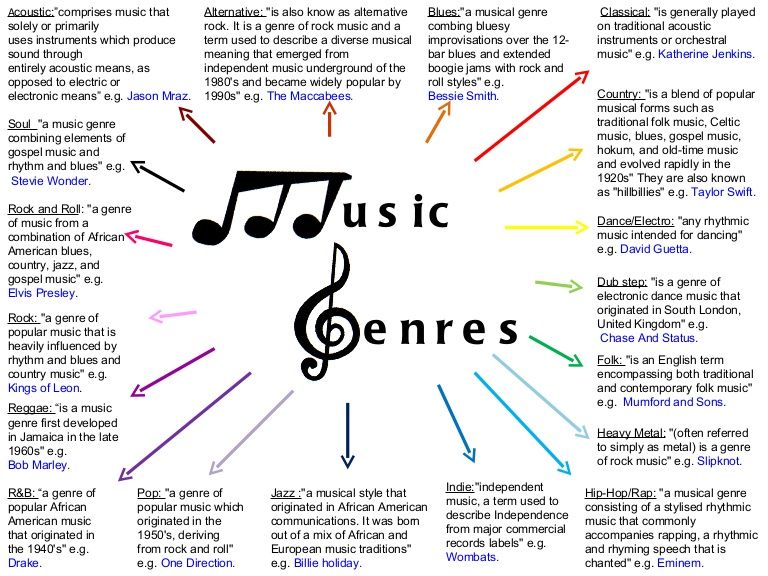
Advanced Info Alert: Intro to Phrasing
Phrasing, the way dancers use the word, refers to the structure of the music. While phrasing is not for newbies, I believe beginners who have had a few months of classes should begin to develop an ear for it. I’ll be gentle.
One set of 8 is also called a mini-phrase, a term coined by dance educator Skippy Blair. To the ear, a set of 8 or mini-phrase usually has a theme: a short piece of melody or harmony with a beginning and an ending. The themes of mini-phrases have some integrity, but they don’t tell the whole story. A mini-phrase, like a sentence of words, only tells part of the story.
Music also has “paragraphs.” A paragraph in music is often called a phrase of music or, more descriptively, a major phrase. Just as a paragraph is a series of sentences, a major phrase is a series of mini-phrases. To the ear, the theme of a major phrase typically encompasses the smaller themes of the mini-phrases to create a larger theme, which tells the whole story—a complete musical thought.
For example, a group of mini-phrases can come together to form a chorus or verse, which is thematically complete.
Unlike the mini-phrase, which is always eight beats (except waltz music), the number of beats in a major phrase will vary depending on the music. The most common major phrase is the 32-beat phrase, which is sometimes described as “four sets of 8” (4 × 8 = 32), easy to hear in everything from jazz to Latin to rock ’n roll. Also common is the 48-beat phrase, which can be described as “six sets of 8” and is considered standard phrasing for blues music. (Arcane technical info: Musicians call it 12-bar blues, a bar being slang for a four-beat measure: 12 × 4 = 48.)
Phrasing is important, because at the intermediate level and above you will dance to the major phrases. You will choreograph step patterns in a way that acknowledges the major phrases, which will connect you to the music at a higher level. And women will love you for it.
Freebie Video: There are some short videos on my website that count out 32-beat phrases.
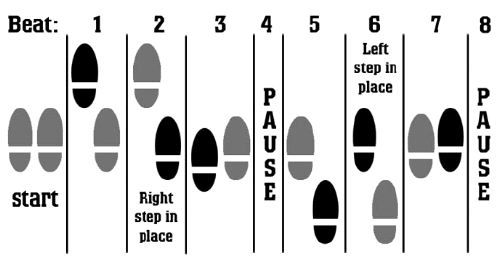
Copyright © 2010 – 2018 James Joseph. All rights reserved.
Are You Rhythmically Challenged? Learn to Count the 8-Count – Get Rhythm
Counting the 8-countThe 8-count is like a “sentence” of music. It’s the secret to hearing the beat. Check out this 4-minute video of me counting the 8-count to some popular music:
Want to be confident (and cool) on the dance floor?Then learn to count the 8-count. If you know the 8-count, then you can find count 1. From my book, Hear the Beat, Feel the Music: Count, Clap and Tap Your Way to Remarkable Rhythm (HearTheBeatFeelTheMusic.com):
Want to get rhythm (and enjoy music more)?“Start new moves on count 1 or count 5; then start the next new move on the next count 1.
It’ll improve your connection to the music and make you a better dancer.”
Then learn to count the 8-count, also known as a “set of 8” or a “dancer’s 8.” For the non-musician, it’s the foundation of music.
The secret to hearing the beat of musicAn 8-count is a rhythmic grouping of 8 beats. Most of the music you hear every day — popular, mainstream, Western music — is structured in sets of 8 beats (waltz, an exception, is in sets of 6). The 8-count defines the beat. So, if you can count it, you’ve found the beat.
If the 8-count is so important, why don’t musicians use it?True, musicians don’t use it — but professional dance choreographers do! This 5-minute video looks at the relationship between an 8-count and the musician’s 4-beat measure (from music theory):
More- Check out this webpage – HearTheBeatFeelTheMusic.
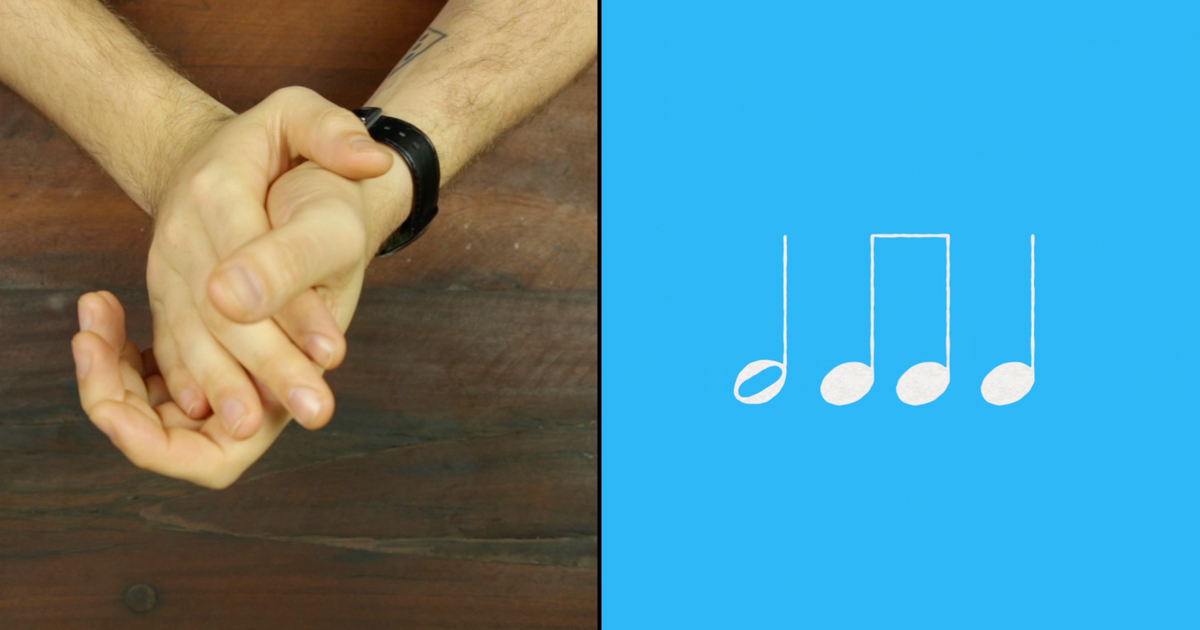 com – which is the playlist to all the instructional YouTube videos in my book, Hear the Beat, Feel the Music. It’s a free online course in music.
com – which is the playlist to all the instructional YouTube videos in my book, Hear the Beat, Feel the Music. It’s a free online course in music. - If you want more, buy the book – Hear the Beat, Feel the Music: Count, Clap and Tap Your Way to Remarkable Rhythm – because it will teach you everything you need to know about the 8-count. You’ll also learn: phrasing, musicality, clapping to music, how to identify a waltz, and more. (Amazon $11.95 – Kindle $2.99)
- Check out this blog post on how to get started counting the sets of 8: “Where to learn: how to hear the beat of music”
- Click over to my “hear the beat” category page for a list of all my blog posts on how to hear the beat.
Copyright © 2019 James Joseph. All rights reserved.
How to learn to hear the rhythm in music | All articles | Planet of Talents
I am sure that all people love to dance.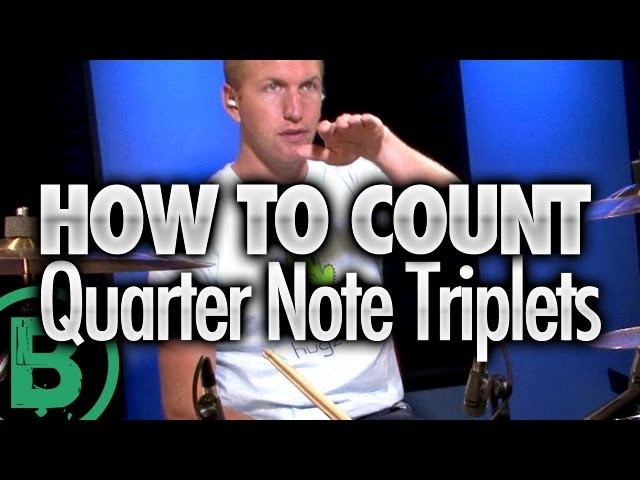 However, many believe that they do not have an ear for music or a sense of rhythm, not enough plasticity or coordination to dance, call themselves a “tree” and sit quietly in the corner at a disco. And yet, only a small proportion of them are right (and even then not in the part about the “tree”). Often the problem lies precisely in the ability to feel the music, in particular, the rhythm. But the problem is solved! For most people, the sense of rhythm is dormant. And only a very small percentage suffers from “rhythmic deafness”.
However, many believe that they do not have an ear for music or a sense of rhythm, not enough plasticity or coordination to dance, call themselves a “tree” and sit quietly in the corner at a disco. And yet, only a small proportion of them are right (and even then not in the part about the “tree”). Often the problem lies precisely in the ability to feel the music, in particular, the rhythm. But the problem is solved! For most people, the sense of rhythm is dormant. And only a very small percentage suffers from “rhythmic deafness”.
In my dance teaching practice, sometimes I come across people who can't hear the rhythm. For a group of fifteen people, there are on average 1-2 people. Agree, not such a big percentage for non-professionals. But this is where I ran into trouble. How to explain to a middle-aged person without a musical education what a strong and weak beat is, why sometimes we perform movements on “three”, and sometimes on “eight”, and how to count a piece in general? . . I think all teachers face this problem, It doesn't matter if they work with young children, youth or adults.
. I think all teachers face this problem, It doesn't matter if they work with young children, youth or adults.
First you need to figure out if the student actually hears the music. First, you can clap a short, simple rhythm and ask him to repeat it. If the student reproduced it in full, then all is not lost! Secondly, you can turn on the music and step along with it, setting the pace. Then you need to pause, talk about something so that he is distracted, and turn on the same music again and ask him to walk to it in the same rhythm without you. There may be several options:
- the student walked to the beat, because he remembered the rhythm when you walked to the music together. And it's not a bad choice! Perhaps he needs to pay a little more attention than the others, stand next to him and show the movements individually, in the end his memory and great desire will bear fruit.
- the student walked in his rhythm, not hearing the music. Here the matter is more complicated. With such people, you need to deal with individually or gather them in one group and make a lesson in musicality for them. One or two sessions may be enough.
With such people, you need to deal with individually or gather them in one group and make a lesson in musicality for them. One or two sessions may be enough.
In such lessons, you need to explain what a strong beat is in music, how a melody is broken down into measures. Of course, you need to be patient, and most importantly, read music theory if you are not strong in it. In fact, it is not so scary, because the rhythmic pattern in the music school is studied in the lower grades. On the other hand, it is not necessary to overload the brain of students with this theory. Just think of a few metaphors. Rhythm can be compared with the beating of our heart, with clocks, with steps. Everything has its own rhythm - the moon and the sun, the surf, the seasons, a poem, the noise of a train, and even the sounds of a cricket. For such activities, you need simple, understandable music with a clear rhythm, for example, a march or, oddly enough, club music, with a characteristic “tuna-tuna”. The duration of notes can be compared with seconds, minutes, hours.
The duration of notes can be compared with seconds, minutes, hours.
By the way, using the example of a march, you can easily learn to hear a strong beat. I would suggest using this particular march http://www.youtube.com/watch?v=VGfGxqHPF0s
In it, you can clearly hear how all the instruments of the orchestra play on a strong beat. I think that your students of any age will walk this melody with pleasure, and most importantly, to the beat!
A good helper in mastering the rhythm will be a metronome. Moreover, now everyone can install it on their smartphone or tablet and train at any time! By the way, the metronome is successfully used in the treatment of stuttering, and this says a lot.
In fact, I believe that anyone can learn to hear music and dance to it. All it takes is motivation. He works wonders even with the most seemingly hopeless students.
If the desire to learn to dance is great, follow a few simple but effective tips:
1. Listen to more music. Even more! Listen to it in any free minute. Learn almost by heart the pieces you need to dance to.
2. Divide music into instruments. The whole orchestra never plays the same tune. Double basses or bass guitars always set the rhythm, the main part is given to the violins or the voice, etc. Yes, it requires high concentration and attention, but it is really effective!
3. Learn to use a metronome.
And remember, only working out the technique will not bring results. Love music, learn to hear it in the world around you, eventually become music, and then you will succeed!
© Arina Grakhantseva
Time signature: its types and designations
Today we will talk about time signature - the numerical expression of the meter, as well as how to count and conduct in various sizes, but first we will repeat a little what pulse, meter, strong and weak parts.
In the previous issue, we have already said that the basis of music is a uniform pulsation. Pulse beats can be strong and weak, and strong and weak beats alternate not at random, but in some strict pattern.
Pulse beats can be strong and weak, and strong and weak beats alternate not at random, but in some strict pattern.
Counting strong and weak beats
The most common alternation sequences are: 1 strong beat, 1 weak beat or 1 strong beat and 2 weak beats. For convenience, the pulse beats are recalculated (calculated for the first-second or the first-second-third, as in a physical education lesson). And each strong blow is the first. Depending on the number of weak beats, the count is kept up to two, up to three, or up to another value, until a strong time comes again. Such a count of beats (they are also called shares) is called musical meter .
Suppose that the pulse beats in quarter notes, let's try to depict its beat in a rhythmic musical notation. In the figure below, all beats of the pulse are represented by quarter notes. If the blow is strong, then under the note is the accent sign (>), it looks like a mathematical sign "greater than".
The time from one strong beat to the onset of the next strong beat in music is called bar , the bars are separated, that is, delimited from each other barline . Thus, the bar line is always located before the strong beat, which means that each new measure begins with the count of “ones” (that is, from the first, strong beat).
What are meters and bars?
Meters or measures are either simple or complex. Simple are bipartite and tripartite. And complex are those that consist of two or more simple ones. Moreover, both homogeneous meters (for example, two triples or two doubles) and heterogeneous meters (double and triple are mixed) can be connected.
What is time signature?
Time signature is a numerical expression for the meter. Time signature measures how full the bars are (in other words: how many notes should fit in one bar, in one "box"). The size is usually written in the form of two numbers, which, like a mathematical fraction, are located one above the other, only without a dash (without a division sign). You can see examples of such entries in the figure:
The size is usually written in the form of two numbers, which, like a mathematical fraction, are located one above the other, only without a dash (without a division sign). You can see examples of such entries in the figure:
What do these numbers mean?
The top number tells how many beats there are in a bar, that is, how many beats to count (up to two, up to three, up to four, up to six, etc.). The upper number should be pronounced when reading as a numeral in the feminine and nominative case (that is, two, three, four, five, etc.)
what notes does the pulse beat off in general (quarter notes, half notes, eighth notes, etc.). The lower number when reading the time signature should be pronounced not as a numeral, but as the name of the corresponding musical duration in the genitive case.
Examples of correct size names: two-quarters, three-quarters, three-eighths, four-quarters, six-eighths, three-twos (halfs is an exception here), five-quarters, etc.
Simple time signatures
Simple time signatures are formed with a simple meter, that is, these time signatures will also be either double or triple. Examples of simple sizes: two second, two quarter, two eighth, two sixteenth, three second, three quarter, three eighth, three sixteenth, etc.
2/4 two-quarter time signature is a time signature with two beats and each beat equals one quarter note. The score is kept "one-and-two-and." This means that two quarter notes are placed in each measure (no more and no less). But these quarter notes, or rather their sum, can be "scored" with different durations. For example, one of the shares or even both at once can be split into eighths or sixteenths (it can be in different combinations), it can be split into triplets and quintuplets. You can also, on the contrary, not split, but combine two quarters into one half, you can enter notes with dots using signs that increase the duration of the notes.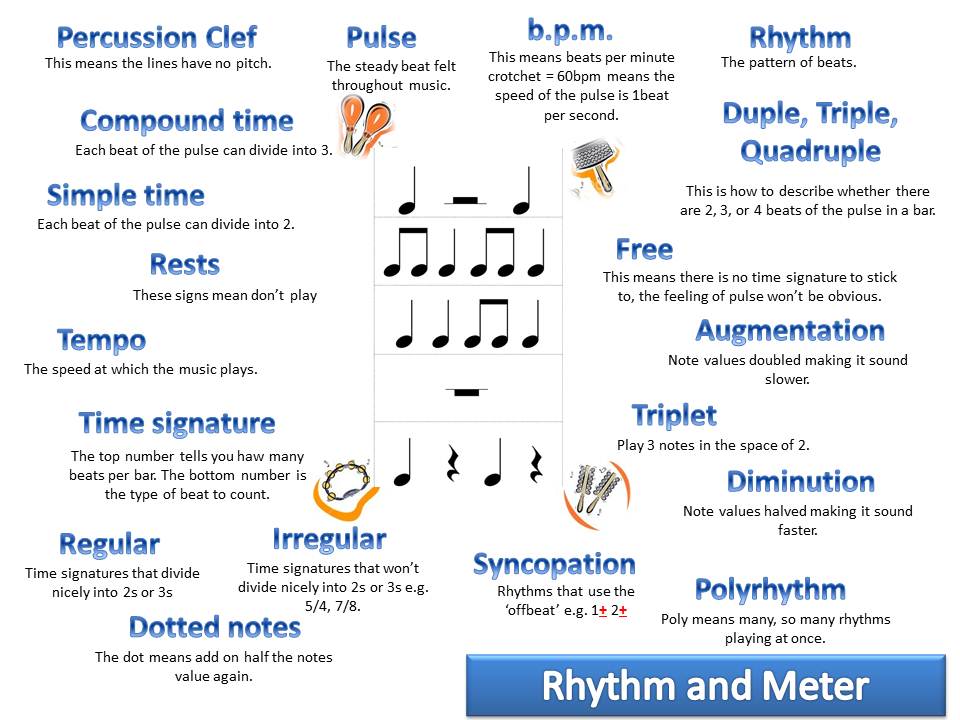
There can be a lot of options for a rhythmic pattern in a two-quarter measure. Let's see some of them.
3/4 "three quarters" - it has three beats, and each is equal to one quarter note. The score is "one-and, two-and, three-and." The sum of three quarters can also be dialed in different ways. If, for example, you combine all three quarter notes into one note, you get a half note with a dot - this is the longest note that can be written in a measure with a given time signature. See some rhythm fill options for this time signature.
Time signature 3/8 "three-eighths" - it looks like three-quarters in its three-beat, but the duration of each beat here is an eighth, not a quarter. The score is "one-two-three". Eight is the main duration, but it can be divided into sixteenths if necessary, or combined into quarters (if two eighths are connected) or quarters with a dot (three eighths are connected at once). Common variants of rhythmic filling:
Complex time signatures
The most common time signatures in music are four quarters and six eighths.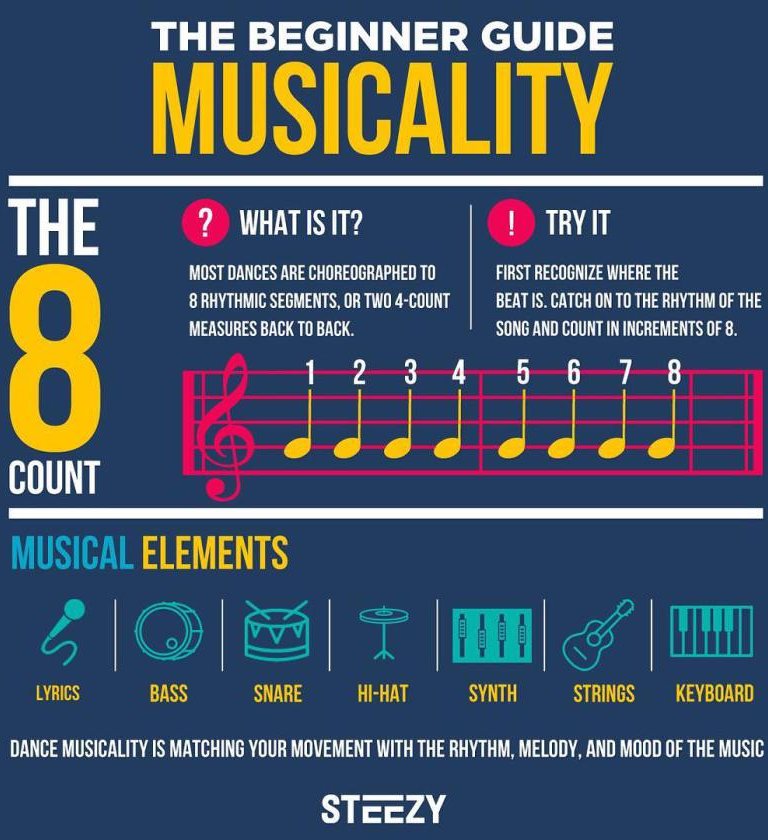 Each of them consists of two simple ones.
Each of them consists of two simple ones.
4/4 "four quarter" time signature - contains four beats, and the duration of each beat is one quarter note. This size was formed from the sum of two simple sizes 2/4, which means that it has two accents - on the first share and on the third. The first beat is called strong , and the third, which corresponds to the beginning of the second prime, is called is relatively strong which is weaker than strong. In addition, we will inform you that time signature 4/4 is sometimes also denoted by a sign similar to the letter C (open circle).
Size 6/8 "six-eighths" is a six-beat measure, it is composed of two simple triples, the pulsation comes in eighth notes. The strong beat is the first in it, and the relatively strong beat is the fourth (the beginning of the second simple time signature is 3/8).
In addition to these most common complex sizes, the musician may meet others similar to them: 4/8, 6/4, 9/8, 12/8.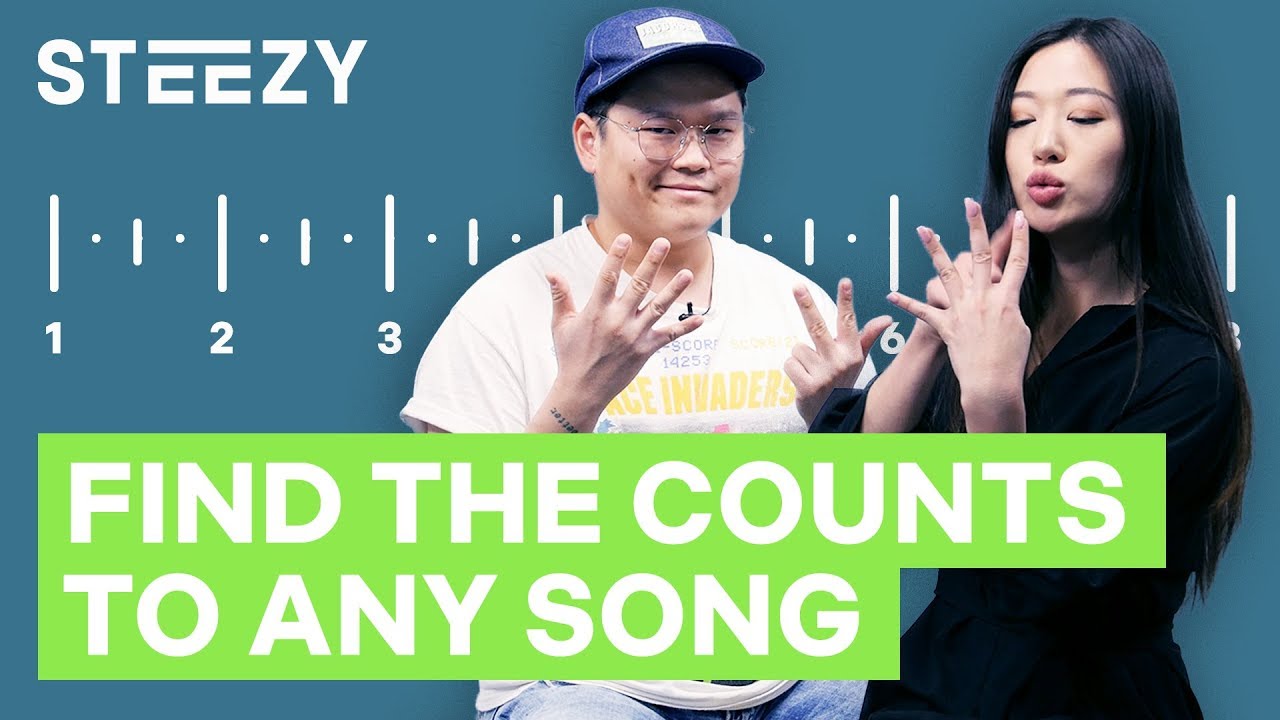 All these complex dimensions are formed according to a similar principle. For example, time signature 9/8 is three measures of 3/8 added together, 12/8 is four of the same connected simple measures.
All these complex dimensions are formed according to a similar principle. For example, time signature 9/8 is three measures of 3/8 added together, 12/8 is four of the same connected simple measures.
Mixed sizes
Mixed complex sizes are formed when not the same, but different simple ones are connected together, for example, two-part with three-part. Of the variety of mixed sizes, four stand out, which catch the eye more often than others. These are 5/4 and 5/8, as well as 7/4 and 7/8. From time to time, a musician may come across a meter 11/4, but this is very rare (for example, in the final chorus "Light and Power" from the opera "The Snow Maiden" by N.A. Rimsky-Korsakov).
Sizes 5/4 and 5/8 ("five quarters" and "five eighths") - five-beat, they are based on the same principle, only in one case the pulsation is in quarters, and in the other - in eights . Since these sizes are complex, they consist of two simple ones - two-part and three-part.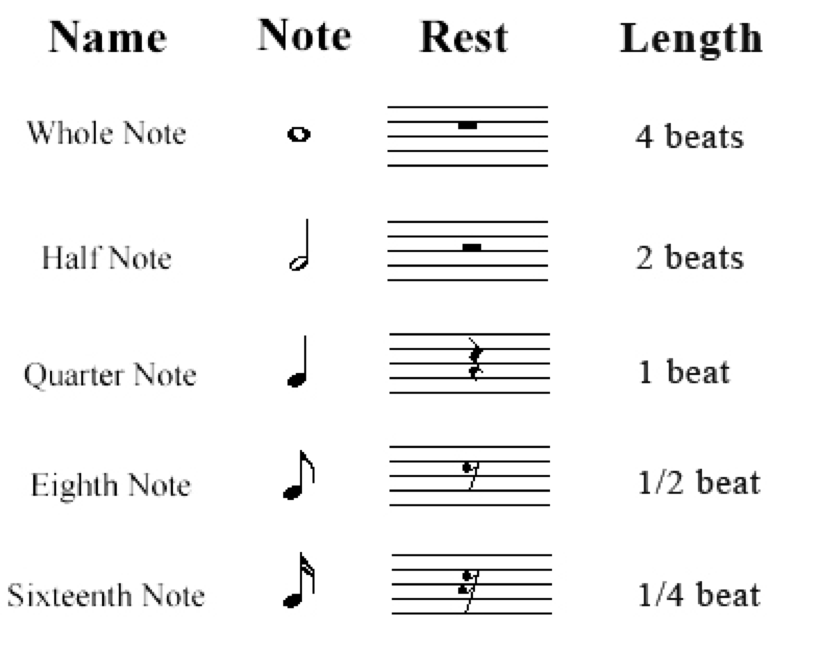 Moreover, variants of these sizes are possible, depending on the order of the simple ones.
Moreover, variants of these sizes are possible, depending on the order of the simple ones.
For example, if 5/4 is first 2/4 and then 3/4, then the relatively strong beat falls on the third beat. But if in the same measure a three-part is first set, and after two-part, then in this case a relatively strong beat will already fall on the fourth beat, thus one accent will be shifted, and this will change the entire internal rhythmic organization in the measure.
In order for the performer to know which variant of the mixed time signature he will have to deal with, in the notes, next to the set time signature, it is often indicated in brackets which simple meters it is composed of. According to the presented sum of sizes, it is usually clear what comes first - 2/4 or 3/4. For example: 5/4 (2/4 + 3/4) or 5/4 (3/4 + 2/4). The same applies to size 5/8.
Sizes 7/4 and 7/8 - composed of three simple ones, one of which is triple, and the remaining two are double.